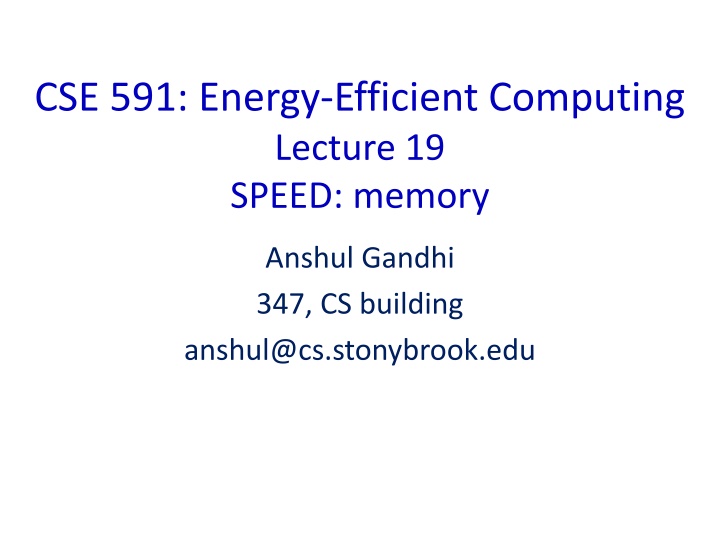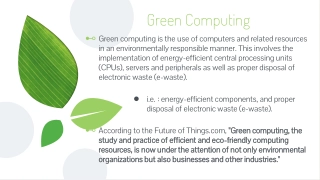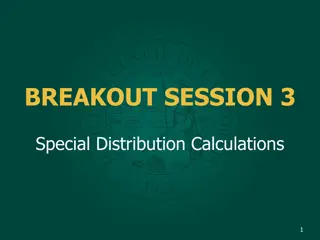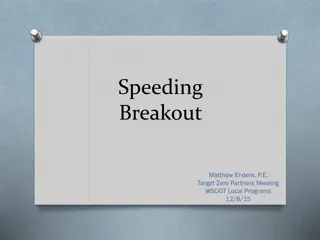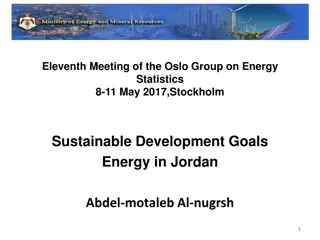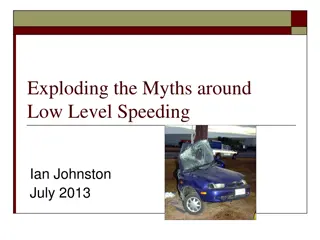Speeding Up Energy-Efficient Computing
Explore the key components of energy-efficient computing with a focus on memory subsystems, power breakdown, DVFS effects, performance monitoring, and energy management policies. Dive into controller oscillations, evaluations, comparisons, sensitivity analysis, and power optimization strategies. Understand the trade-offs between latency and bandwidth for optimal energy savings.
Download Presentation

Please find below an Image/Link to download the presentation.
The content on the website is provided AS IS for your information and personal use only. It may not be sold, licensed, or shared on other websites without obtaining consent from the author.If you encounter any issues during the download, it is possible that the publisher has removed the file from their server.
You are allowed to download the files provided on this website for personal or commercial use, subject to the condition that they are used lawfully. All files are the property of their respective owners.
The content on the website is provided AS IS for your information and personal use only. It may not be sold, licensed, or shared on other websites without obtaining consent from the author.
E N D
Presentation Transcript
CSE 591: Energy-Efficient Computing Lecture 19 SPEED: memory Anshul Gandhi 347, CS building anshul@cs.stonybrook.edu
Memory power breakdown MEM MIX CPU
Remarks on memory DVFS DVFS lowers power, but effect on energy is not obvious as response time might increase Some memory access stages get delayed, not necessarily end-to-end latencies
Performance monitoring top sar collectl perf stat
Energy management policy | 5 millisecs | 300 microsecs
Controller Oscillations?
